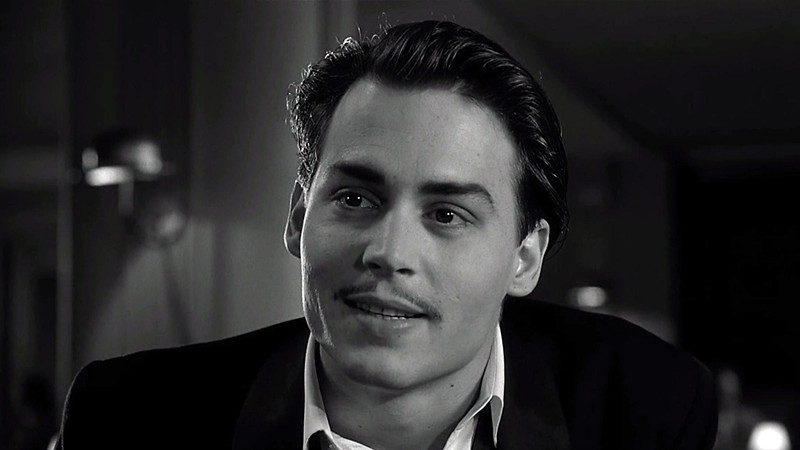
Filmmakers making films about filmmaking, on paper, sounds as if it borders on the neurotic. But who else but filmmakers know how to guide us into such stories, such worlds. Perhaps the most well-known film on this subject is none other than Fellini’s 8 1/2 (1963), a film which won’t be discussed simply because it’s the apex of self-referential filmmaking. It would be like featuring Citizen Kane (1941) on a list of films about to the corruptive nature of power, or films about sledges. But Fellini’s film presents the difficulties when faced with differentiating life from fiction.
During the 2003 Academy Awards, Michael Moore lashed into George W. Bush, asserting that ‘We live in a fictitious time … fictitious election results …. a man sending us to war for fictitious reasons’; whether you agree with the statement or not Moore’s words are powerful because they draw attention to the fact that ‘fiction’ seeps into the real world, into the way language, politics and media are used to shape the public imagination.
Films about film-making not only pay tribute to show business, industry folk and the process of cinema, but also to the blurry boundary between art and life (whether through whimsical fantasy or insidious horror), the way reality can appear constructed and artificial, and how sometimes the worlds we create can seem more real than the worlds we’re trying to escape from.
1. The Other Side of the Wind (2018)
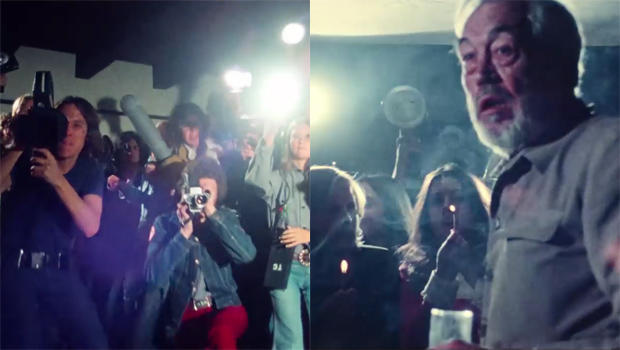
Speaking of Citizen Kane, Orson Welles was reluctant to give up his eye as a filmmaker even after his death. The posthumously released The Other Side of the Wind began its production in 1970; but due to financial difficulties, legal scandals and what was essentially an impossibly fragmented film to shoot, the film remained unfinished when Welles died in 1985.
Framed as a film-within-a-film, The Other Side of the Wind acts as a Hollywood Babylon-type mockumentary, satirising the decline of Old Hollywood and the vindictive, megalomaniacal and gossipy rise of New. Ageing and once-respected director J.J. Hannaford (John Huston serving a performance that mixes Ernest Hemingway with a hint of Welles himself) tries to revive his career with a new ‘art film’; a surreal and often gratuitous love story full of lonely wondering and sex (though the sex scene set in a moving car with a whirlpool of thrashing light is really quite astonishing).
However as the film progresses, and the more Hannaford drinks, it becomes clearer and clearer that he’s not going to be able to finish his movie (sound familiar?). He comes to realise that he can’t rely on the friends he thought he had, such as the new commercially hot director Brooks Otterlake (preformed by none other than Peter Bogdanovich who’s bratty persona mixes the zest of Jerry Lewis with – well – himself). In fact, it was Bogdanovich and producer Frank Marshall who acquired the film rights in 2014 and oversaw its completion (a death-wish that Welles bestowed onto Bogdanovich, the two being close friends in life. In fact it’s hard to watch an interview with Bogdanovich where he doesn’t manage to slot in an appraisal of Welles).
The Other Side of the Wind is an incredible film about filmmaking, one that feels like a gift handed over from the dead. The disorienting., hallucinatory mix of fact, fiction and fading Hollywood glamour (the odd cameo by a young, pre-messianic Dennis Hopper) makes the film a melancholy, haunting tribute to the end of an era, the rise of a new one, and an artist crushed in between.
2. Ed Wood (1994)
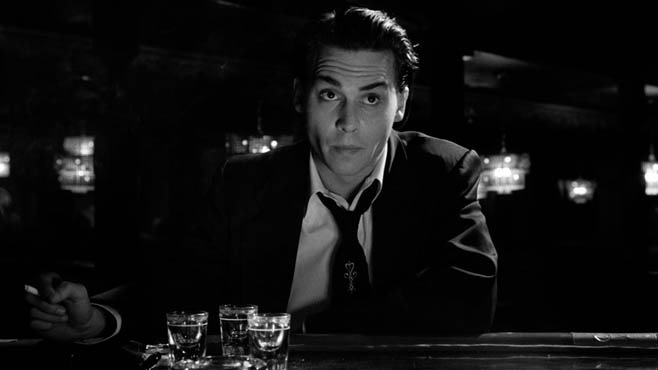
Tim Burton’s Ed Wood is similarly a tribute film, more concretely focusing on the work of the notorious cult filmmaker, Ed Wood. Burton recreates another world where glory’s fading – 50s Hollywood, where once 30s-era stars like Bela Lugosi (played my Martin Landau with eccentric tenderness) are down on their luck, out of work, and shooting up.
As much as it’s a sad insight into the hey-day of B-Movies, the film is also a touching portrait of the friendship between Ed Wood (Johnny Depp) and his horror idol, Lugosi. Together they work on campy pictures that Ed thinks will be his road to fame. Shot in velvety black and white by Stefan Czapsky, the film inherits the expressionist mise-en-scène that filters the way we look back at mid-century Hollywood. The film also features a crisp, swish performance by Bill Murray as Bunny Breckinridge, a dry-tongued drag queen who doesn’t know whether her good friend’s film ventures are inspired or crazy.
Burton noted how in Ed Wood’s journals, the director was gifted with his delusions, thinking of Plan 9 as his Citizen Kane, and Johnny Depp brings all of this misguided optimism to the role, humanising Ed Wood as a dreamer rather than a hack. There’s even a scene where Ed Wood, furious at his backers for interfering with his directorial vision, heads to a Hollywood bar to drown his sorrows. There he stumbles across Orson Welles (Vincent D’Onofrio) and the two men seem to mirror each other as if through a fun-house mirror; two men driven to achieve the impossible in a world so willing to snatch their dreams away from them; two men who seem to share a strange premonition that, for better or for worse, their names will be immortalised by the big screen.
3. The Bad and the Beautiful (1952)
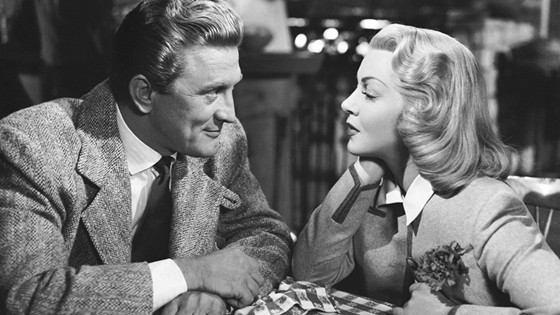
A film that brings attention to the cut-throat nature of studio filmmaking, Vincente Minnelli’s The Bad and the Beautiful tells the story of a producer (Jonathan Shields, played by Kirk Douglas) who seems to betray those who care about him, those he once cared about – including the starlet Georgia Lorrison (the sublime Lana Turner) and director Fred Amiel (Barry Sullivan).
Much like The Other Side of the Wind, Minelli’s film blends fact with fiction, a theme so fitting for films about filmmaking. Real-life Hollywood icons are blended into the fictional characters. Shields and Amiel’s film Doom of the Cat Men is clearly a reference to Val Lewton’s horror flick Cat People (1942), and directors from Hitchcock to Josef Von Sternberg are parodied, not always so flatteringly. Even Shields was noted to be a blending of Orson Welles and David O. Selznick.
As much as the film’s a bitter depiction of how the industry cannot accommodate friendship (not totally dissimilar to Mankiewicz’s All About Eve made two years easier), it’s also a sweeping satire about how Hollywood never changes; even after each character gets betrayed by Jonathan Shields, he still manages to lure them into his wallet with ideas for a new project. The emotional madness of the time is captured in melodramatic images of white fur coats and glittering staircases. Littered with nods to B-Movies and Academy Awards, the film is a self-cannibalising re-enactment of an era where American dreamers and film pioneers stopped at nothing.
4. Beware of a Holy Whore (1971)
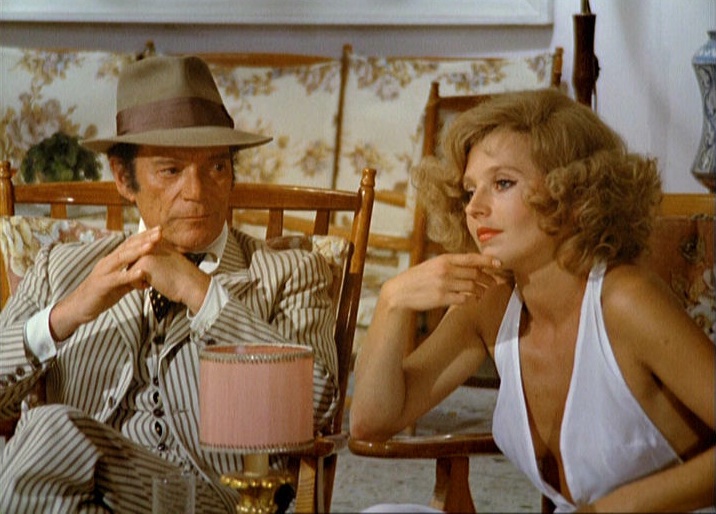
‘They pass time with empty sex and hollow phrases as they wait for the true fulfilment of life: the shooting of the film, the encounter with the holy whore of cinema’. Christian Braad Thomsen’s words sum up Rainer Fassbinder’s meta-film Beware of a Holy Whore. The film is preoccupied with a film crew waiting around in a hotel to shoot their feature; their schedule is delayed by financial difficulty and the absence of their director (Lou Castel).
At first the film echoes Samuel Beckett, whose Waiting for Godot similarly structures a narrative around a character’s absence. But Fassbinder’s film is less an existential mediation and moreso an interrogation on how creative and erotic relations corrupt each other. While passing the time, the film crew entertain themselves with power games and sexual dares. Reality becomes something increasingly manipulated, malleable, and this is extended into the acting and compositions, where characters stand in groups of rigid tableaus and act like stiff mannequins; reality becomes unrealistic, non-natural, artificial.
More than just a glimpse into filmmaking, Beware of a Holy Whore is essentially about human relationships, and how idealism amongst a group can subtly erode into a reproduction of the social ills that they once hoped to challenge. The conflict between idealism and brutality run parallel to the relations between fiction and life; Fassbinder himself plays the role of the production manager and actor Eddie Constantine plays himself, invoking a sense of semi-autobiography (the film was inspired by problems encountered when Fassbinder was shooting his film Whity in Spain). In Beware of a Holy Whore, cinema becomes an aeshtetic-erotic experience, one that stands between the players involved and the reality outside the film production.
5. The State of Things (1982)
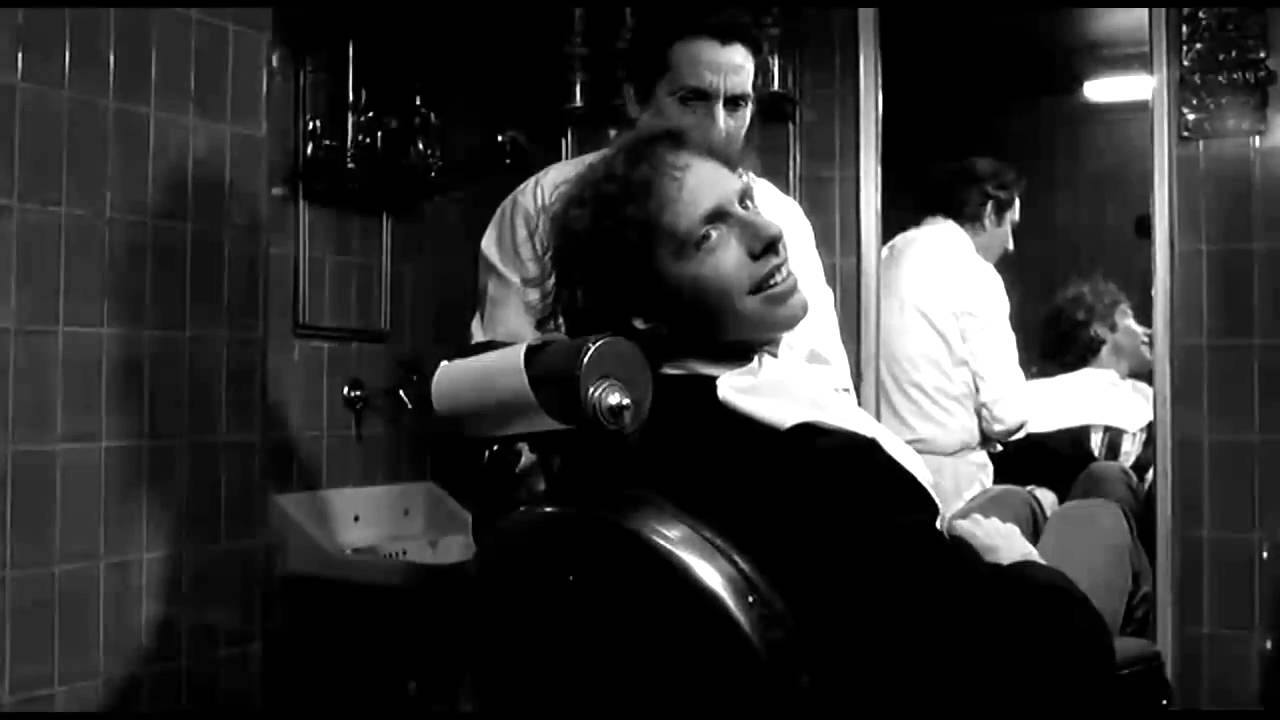
Almost identical in principle but not in product, Wim Wenders’s The State of Things similarly focuses on a film crew’s struggles, mid-production, having run out of film stock. The film’s structure resonates more with Welles than Fassbinder; whereas The Other Side of the Wind blended its main story with scenes from Hannaford’s art-house movie, The State of Things begins with footage from the film being filmed; a science fiction tale about the last survivors of an apocalypse. The sci-fi frames the rest of the movie, where characters seem lost and isolated, abandoned in a hotel, their producer having vanished, trapped in a state of limbo.
Wenders’s film is an amusing, fascinating watch, even though the film feels a little lacking in shape, a sense that it doesn’t quite know what it wants to be. Improvised dialogue often falls flat, and the last-minute mafia subplot is a fabulously misdirected moment. But the film is nevertheless intriguing for the way it builds in references to other films; indeed most films about filmmaking are saturated in a world of self-referential cinefilia, as if the cause for such a creative endeavour was rooted in too much film exposure in the first place. Wenders’s creative universe is unique in its blend of Westerns and gangster pictures with his own experimental, European twist.